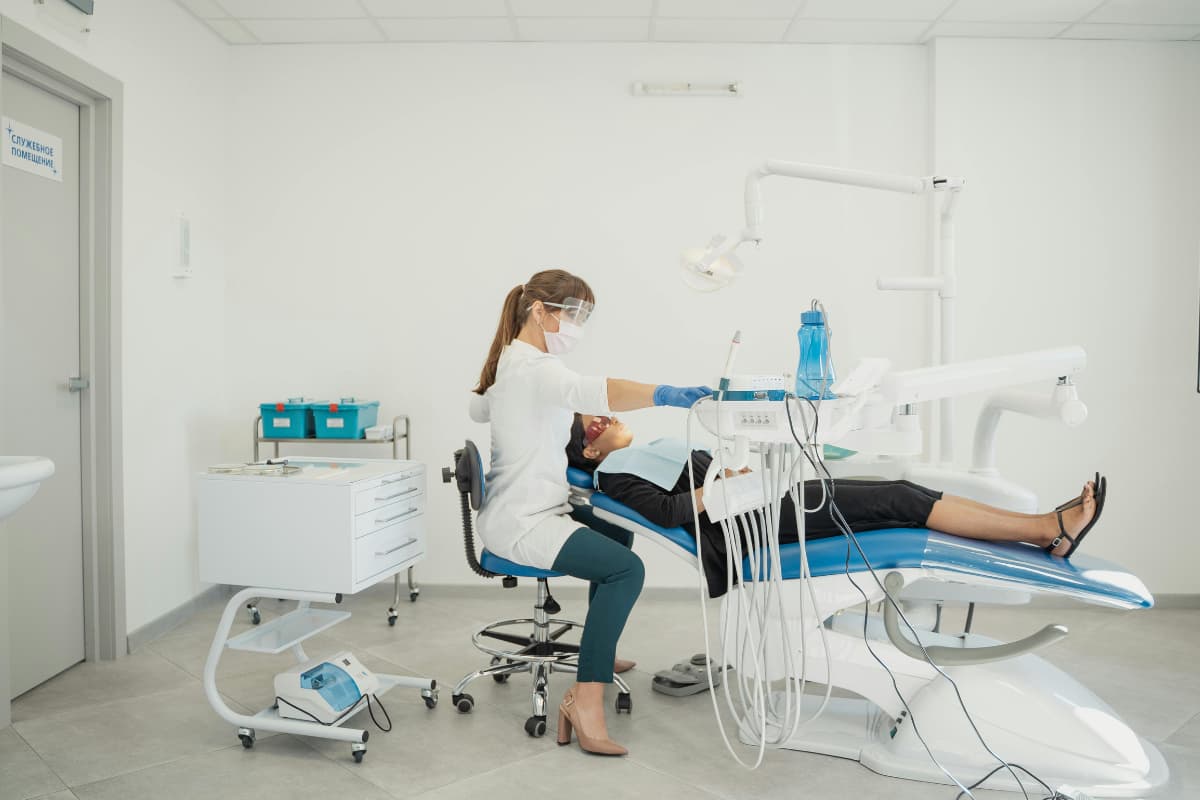What is an anamnesis?
In both conventional and digital anamnesis, the doctor discusses the medical history of his patients. In most cases, the anamnesis is taken over by the patient himself due to lack of time and is not carried out personally by the doctor. On a questionnaire, patients independently discuss whether they are currently taking medication, what allergies they have or what pre-existing conditions they have.
From this information, the doctor can draw important conclusions for the diagnosis. With the help of the anamnesis, the physician therefore has the opportunity to obtain a holistic and comprehensive picture of the patient's state of health. This can be of decisive importance for subsequent treatment success.
That is why the anamnesis is so important
A thorough and seamless medical history is the foundation of every physician-patient relationship. Patient admission is important for the practice and the patient for these practical reasons, among others:
Smooth appointment organization
Patient admission is particularly important for organization within the practice. Finally, the medical history sheet provides the impetus for the next steps. For example, any pre-existing conditions or allergies result in further preliminary investigations. Since medical professionals know what they need to consider individually with the patient during anamnesis, they can adjust appointments depending on the appointment and thus optimize the organization of the practice. On the one hand, this allows your practice staff to take all important steps together. Efficient practice planning, on the other hand, allows you to avoid long waiting times for appointments for your patients.
Targeted diagnosis and treatment
But what is even more important: Only a thorough and well-founded anamnesis ensures the best possible treatment success. Finally, the anamnesis lays the foundation for the most targeted diagnosis and treatment possible.
As a study from the 1970s shows, the individual medical history and current living conditions of the patient are of greater importance for diagnosis than laboratory values or apparatus tests, for example. The scientists have discovered that in 66 of 80 patients, the anamnesis alone provides enough information to make the correct diagnosis.

The anamnesis of patients takes a lot of time
The anamnesis is therefore the be-all and end-all of every treatment contact and is of great importance for the overall success of the treatment. Nevertheless, thorough patient admission costs a lot of time, which is barely available to doctors and medical professionals in Germany due to extensive bureaucratic constraints.
Doctors and MFAs have so little time to talk to patients
As the Apobank found out in a study, the biggest annoyance faced by doctors is bureaucracy. Around 90 percent of all healthcare professionals are annoyed by the enormous effort required for documentation and administration in everyday practice. Time that you would like to spend on your patients. But unfortunately that is hardly possible. Surveys have shown that a doctor-patient conversation in Germany takes around seven minutes on average. Far too little time for a detailed initial history.
It is time for the digital anamnesis
One way to have more time for patients could be digital anamnesis. Although the technical options for this have long been available, hardly any doctors use them. Most German practices still use paper questionnaires, which are printed out and completed by patients by hand. The forms are then digitized and shredded after a certain period of time for data protection reasons.
An enormous amount of time that should be better spent treating patients. With the digital anamnesis, your medical professionals do not have to print, scan, file or shred forms later. An extraordinary time saver that reduces the stress level of your MFAs and gives your patients more time.
How to ensure that patients complete their medical history before they visit the doctor
With digital options, it is no longer a problem for your patient to complete the anamnesis right from home. As a doctor, you will then have all the information you need for treatment at the patient appointment.
With these tips, you can encourage your patients to complete their medical history before they visit your practice:
Combine the digital anamnesis with the appointment booking
Unlike patient admissions, appointment booking has already been digitized in many medical practices. In this case, there is nothing wrong with sending your patient a link to the digital medical history form when booking an appointment. Your patient can then fill out the questionnaire from the comfort of their home couch and send it to you digitally.

Remind your patients of their medical history via SMS
If a patient has missed the link to the digital medical history when booking an appointment, send them a reminder via SMS. With many software solutions, this can even be sent automatically so that your practice staff no longer has to manually trigger the reminders.

Link the medical history sheet to your website
Last but not least, you can simply link the medical history sheet to your website. If the patient finds out about you, your practice team, your opening hours, treatment methods, etc. online, they will find this link or QR code. This increases the likelihood that your patient will take their own medical history all by themselves — even without you having to remind them.

Digital anamnesis is so easy with Nelly
If you want to switch to a digital medical history, Nelly's software is the easiest way for you. With the software, patient admission is carried out quickly and smoothly via the patient's smartphone. It is not necessary to install the software on the patient's mobile phone. Here, the patient can independently record all important data himself and even Sign documents securely and legally.
Now you too can create a digital workflow in your practice. Wir advise you without obligation and free of charge to your individual case!
The personal names used in this article always refer equally to all persons. Dual naming and alternate names are omitted in order to improve readability.












